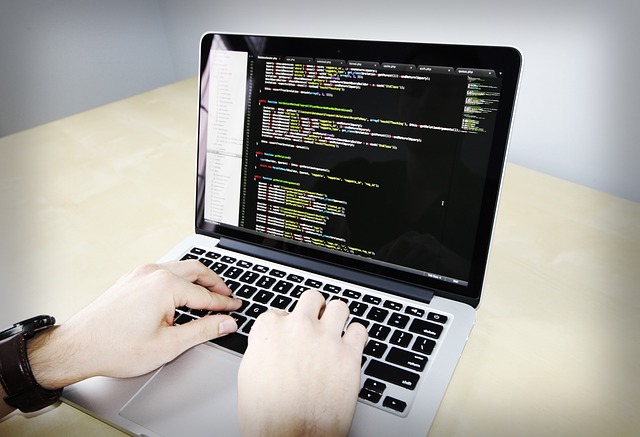What Are The Intellectual Property Rights in Software and How to Protect Them

But what are they? How do they apply to software technology? Why does one should protect them? How do you protect them?
The term refers to the diffusion of intangible rights of ownership in an asset sort of a software program. Each belonging “right” is itself an asset, a slice of the final ownership pie. The law provides different methods for safeguarding these rights of ownership supported their type. Each affords a definite reasonably legal protection. Patents, copyrights, and trade secrets are often conversant in protecting the technology itself.
Patents
This legal monopoly is taken into consideration as a present for the time and energy expended in creating the invention. In return, the invention must be described o.k. to the authority, which publishes the information, thus increasing the number of technical knowledge available to the overall public. To obtain a U.S. patent, an inventor must apply to the agency and demonstrate that the invention is new (as compared to prior technology), useful, and “nonobvious.” An invention is nonobvious if it’s quite a trivial, obvious next step within the advance of technology. Software patents are extremely powerful economic tools. They’ll protect features of a program that cannot be protected under the copyright or secret law.
Copyrights
Copyright protection extends to the particular form within which an idea is expressed. As discussed in last month’s issue, the owner of a copyrighted software program has certain exclusive rights (with some exceptions): the right to repeat the software, create derivative or modified versions of it, and distribute copies to the final public by license, sale or otherwise.
Copyright protection arises automatically upon the creation of an inspired work of authorship. There is no must “apply” for copyright or register the copyrighted add order for the canopy to existing. In contrast with patents, independent development of a copyrighted work may well be a defense to an allegation of infringement.
Trade Secrets
The classic example of a secret is that the formula to Coca-Cola. A secret can theoretically last forever — for as long as its owner uses reasonable efforts to remain it secret and a few other people don’t independently create or “discover” it.
Unlike patents, secret protection won’t touch elements of software that are readily ascertainable by lawful means, like reverse engineering or independent development. Trade secrets don’t seem to be subject to being “infringed,” like patents and copyrights, but are subject to theft. Their status as a protectable holding right is upheld if the owner can prove the key wasn’t generally known and reasonable steps were taken to preserve its secrecy.
